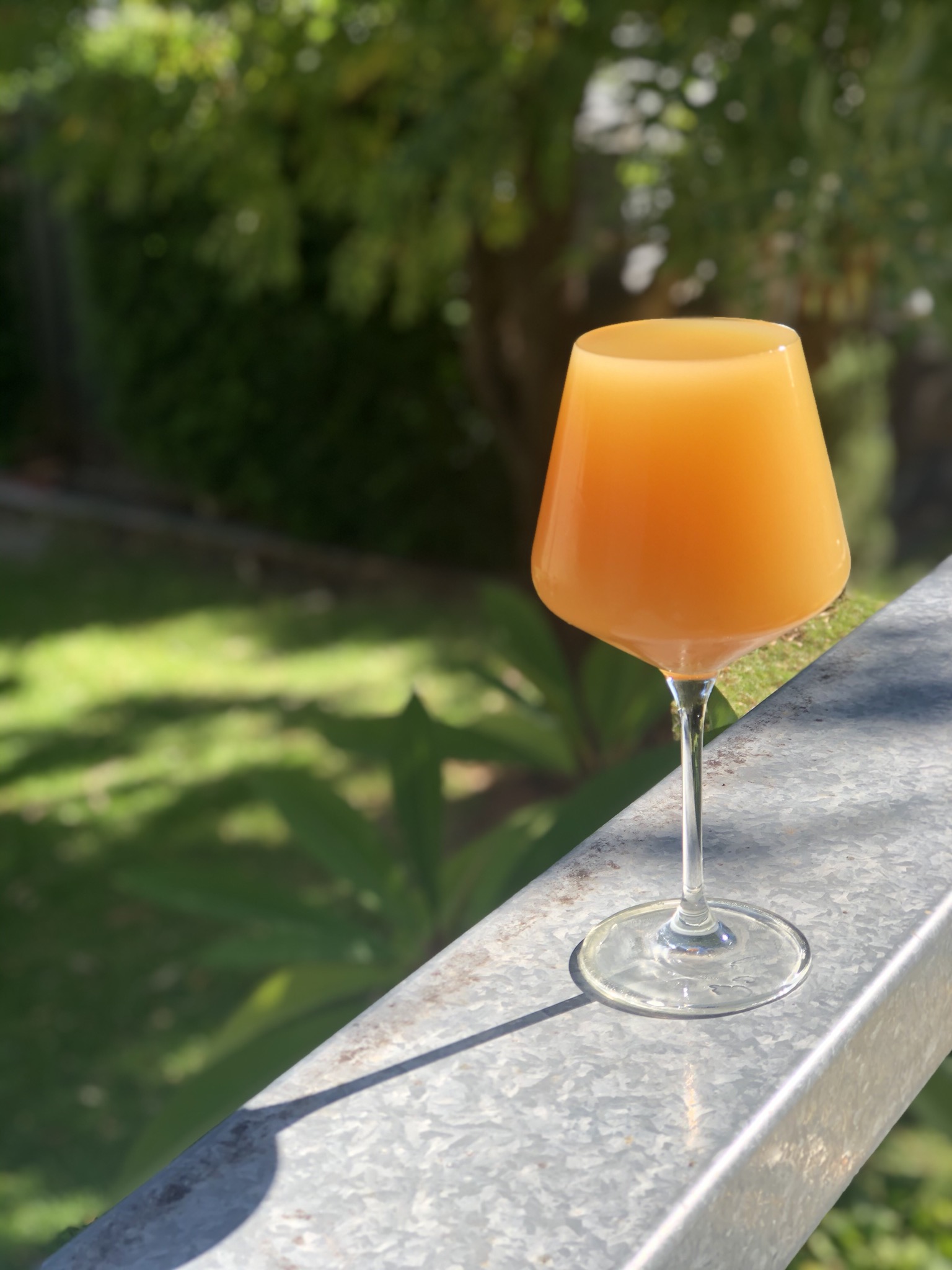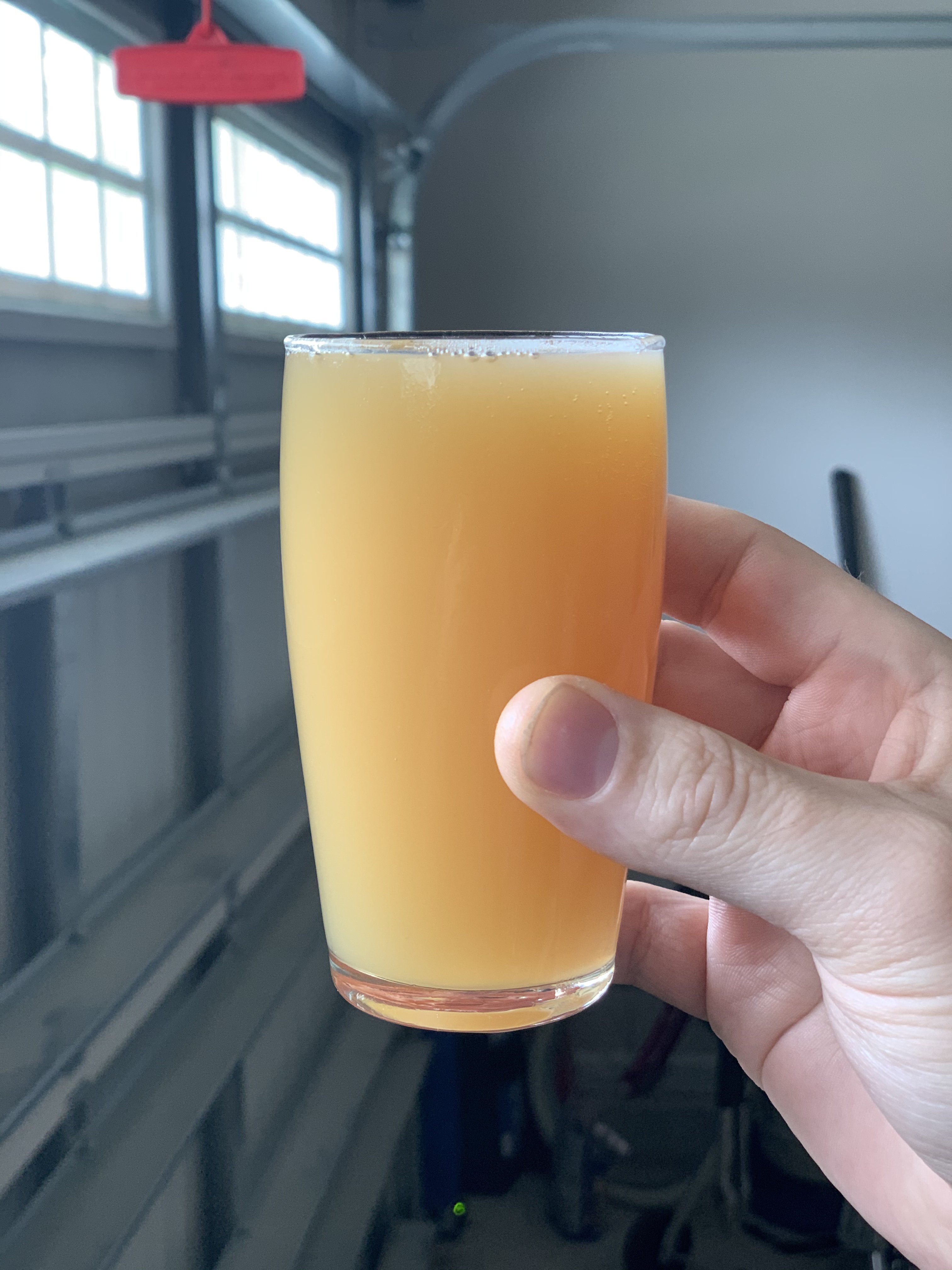isomerization
Well-Known Member
- Joined
- Feb 27, 2017
- Messages
- 1,422
- Reaction score
- 889
Patience, young padawan. Sure, in theory fermentation could be complete in 3-4 days, and you could give it a few days to clean up diacetyl and such, but what's the rush?
Most any beer really needs 10-14 days in the fermentor, IMHO. Plus this style usually needs some time to condition and settle down a bit.
Yeah, you could probably drink something in 7 days, but it will probably be pretty green and not the best expression of your beer.
Clean up phase is a myth. Happens during active fermentation. Yeast that aren’t metabolically active aren’t cleaning up your mess!
10-14 days is close enough not to quibble, but if you aren’t doing something to the beer like dry hopping or a quick cold crash then move forward with packaging.
Looking at my Tilt data, even with my IPAs I am packaging by day 10-12 (with soft crash on day 6). I do reasonable sized starters (1-2 L), so it’s not like I’m pitching Herculean amounts of yeast.







